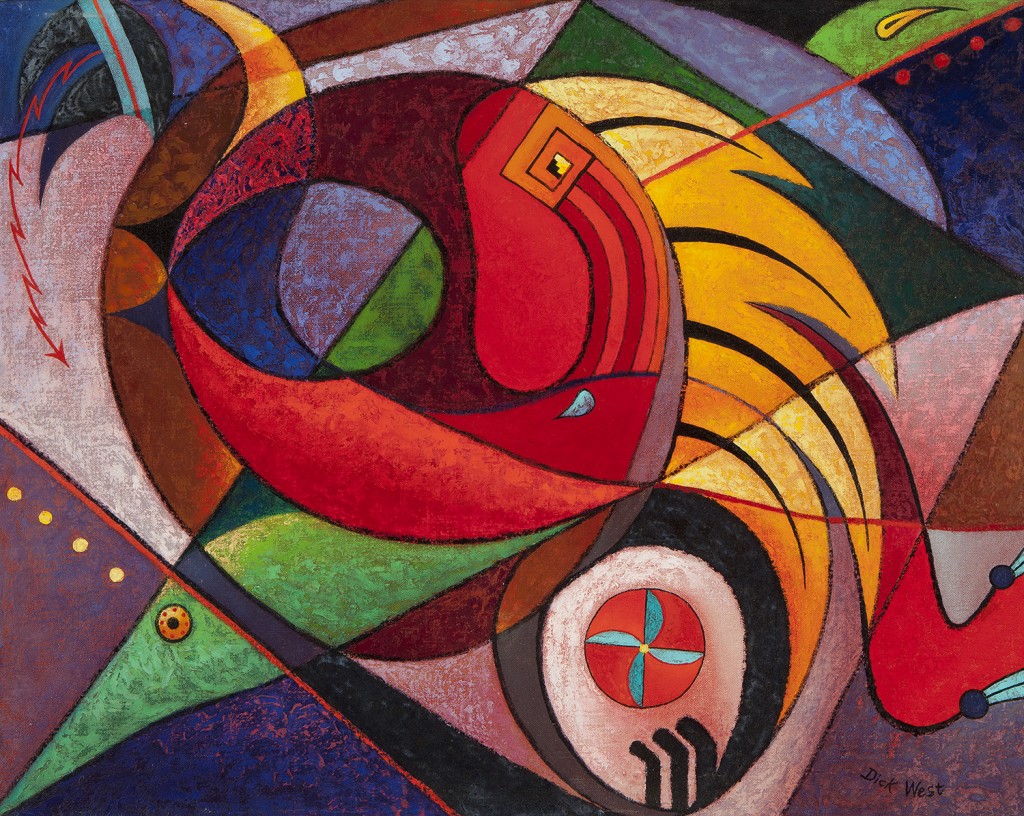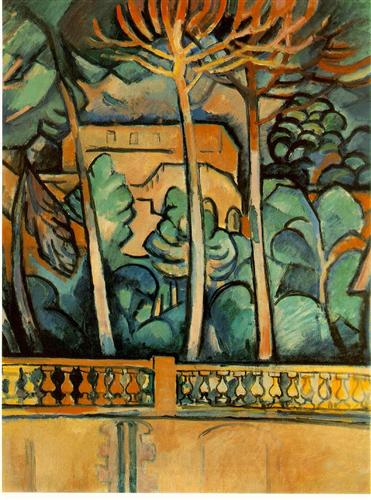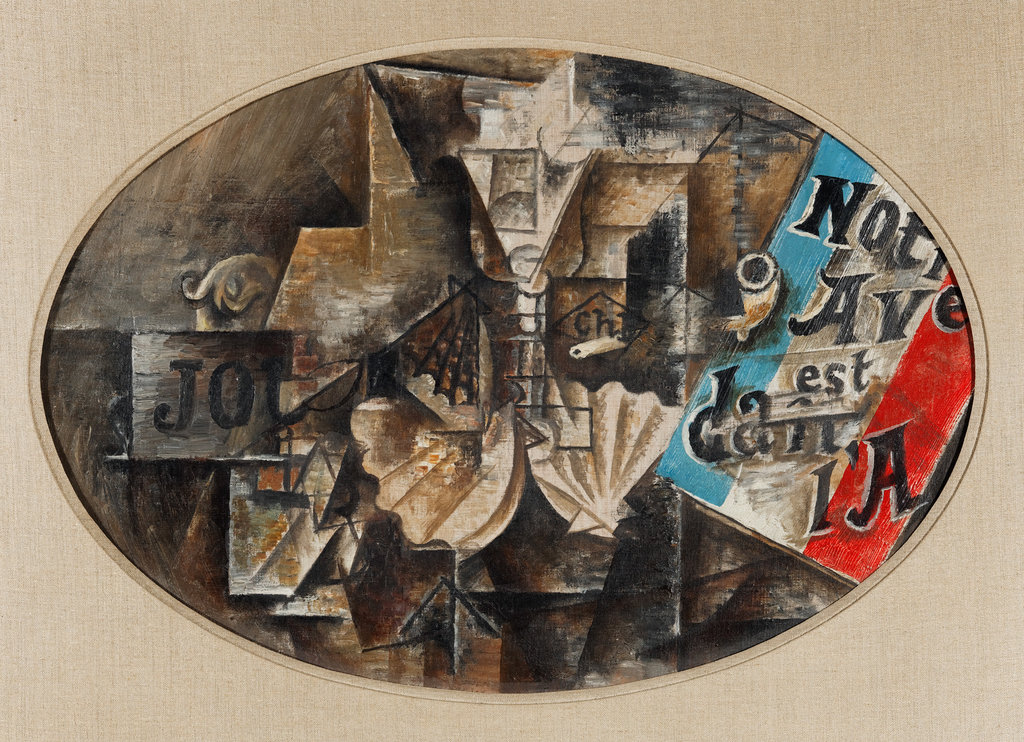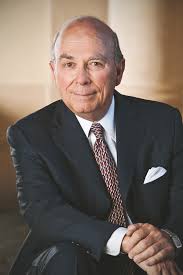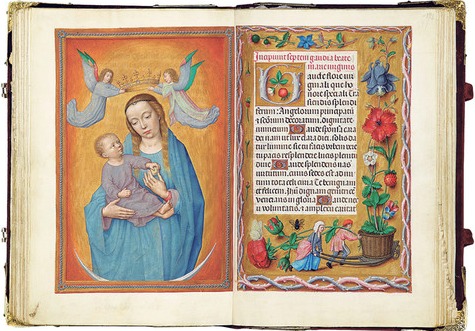A short time ago, the Detroit Institute of Arts responded to the criticism that has kept it in the news for the wrong reasons this week–and threatened to undermine support for the millage tax that provides $23 million on operating support each year. Board chair Edward Gargaro signed the statement, which said that “unfortunately misunderstandings have occurred.” Indeed.
 In a key paragraph, Gargaro promised to discuss the matter the public officials threatened to repeal the millage:
In a key paragraph, Gargaro promised to discuss the matter the public officials threatened to repeal the millage:
We will continue to provide our community with exceptional museum programs and will do so in a way that is responsible, transparent and reflects proudly on the history of this great institution. Representatives of the DIA Board of Directors will meet in the near future to consider the best means to work with elected officials in Macomb, Oakland and Wayne Counties to ensure that there is full transparency on compensation decisions. We will continue to steward our resources, which to a significant extent have been entrusted to us by citizens of the tri-county area, in a very careful, responsible manner that recognizes both the exceptional quality of the museum and the exceptional leadership of those who are directing its course, and we appreciate the continued support of all of the citizens of the tri-county area.
The statement runs through all the numbers, and adds a critical fact–that Annmarie Erickson (at right) was promoted at one point, but did not receive compensation for that until much later, retrospectively. Consequently, she did receive a 36% pay increase.
When the contract was finalized, Ms. Erickson received her salary increase at that time retroactive to the date of her assumption of her new duties, and in 2012 she received a 2011 performance bonus as well. The 36% pay increase which has been reported so prominently in the press resulted from this “bunching†of compensation related to 2011 into 2012. Had the compensation been paid in 2011 when it was earned, the increase in compensation from 2011 to 2012 would have been 4% not 36%.
This is all critical information to voters and residents. As I said earlier, Beal and Erickson probably deserved their raises–but optics are important. Good that they are being addressed. especially now that the last piece of the Grand Bargain puzzle is falling into place.


